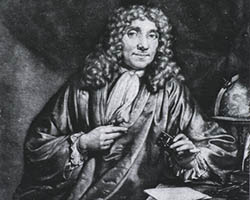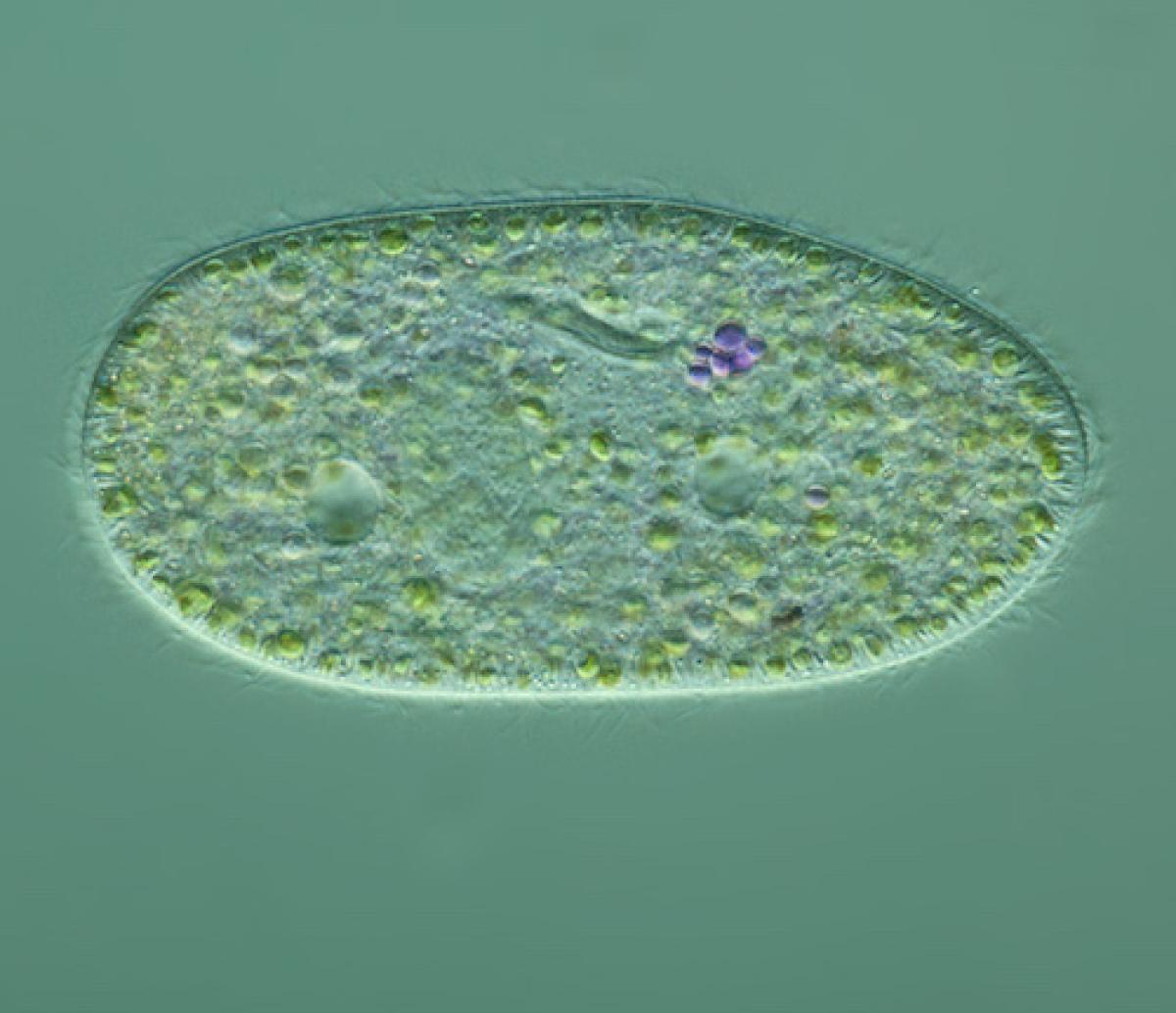Microscopes and Microorganisms
How would you study something that you can't see? Until the 1600s, biologists could only study what their eyes could see. That meant they could study plants and animals they saw. They named different kinds of animals and knew which plants did what. They could also make guesses about why people got sick. Some of those guesses were pretty strange. Many biologists thought bad air made people sick!

But they didn’t have superhero vision letting them see teeny tiny things. They didn’t know how plants and animals worked. They also didn’t know how people got sick. Biologists still don’t have superhero vision. But they do have tools called microscopes. Now biologists can see those teeny tiny things and learn about them.
Microscopes were invented early in the 1600s by lots of different people. Each person made changes in the design that made it better. The new tools let scientists look at things too small for ordinary eyes to see. With microscopes, biologists discovered that living things were made of cells. Cells are the little factories that work together to make up larger living things like humans.
A man named Robert Hooke got the first look at cells in 1665. In 1676, another scientist, Antony van Leeuwenhoek, wrote down his description of them. This was a huge step for biology. It opened up a whole new area to study. Biologists leapt into it and started learning all about bacteria. Those are one-celled living things that can be found almost everywhere, from soil to water, even in the air.

Biologists also learned how the cells in a plant or animal work together. Now we know a great deal about the human body. Doctors use this knowledge all the time to help you get better.
Microscopes even helped biologists create a new law for biology. The law says that living things can’t come from things that aren’t alive. This put a big dent in ideas about living things popping up out of nowhere (called spontaneous generation). Without that law, it would have been hard to figure out how diseases spread or how some animals have babies.
Additional images via Wikimedia Commons. Paramecium ("Mikrofoto.de-Gruenes Pantoffeltier 2") by Frank Fox.
Read more about: Biology's Beginnings
Bibliographic details:
- Article: Meeting Microorganisms
- Author(s): Dr. Biology
- Publisher: Arizona State University School of Life Sciences Ask A Biologist
- Site name: ASU - Ask A Biologist
- Date published:
- Date accessed:
- Link: https://askabiologist.asu.edu/meeting-microorganisms
APA Style
Dr. Biology. (). Meeting Microorganisms. ASU - Ask A Biologist. Retrieved from https://askabiologist.asu.edu/meeting-microorganisms
Chicago Manual of Style
Dr. Biology. "Meeting Microorganisms". ASU - Ask A Biologist. . https://askabiologist.asu.edu/meeting-microorganisms
Dr. Biology. "Meeting Microorganisms". ASU - Ask A Biologist. . ASU - Ask A Biologist, Web. https://askabiologist.asu.edu/meeting-microorganisms
MLA 2017 Style

Be Part of
Ask A Biologist
By volunteering, or simply sending us feedback on the site. Scientists, teachers, writers, illustrators, and translators are all important to the program. If you are interested in helping with the website we have a Volunteers page to get the process started.

